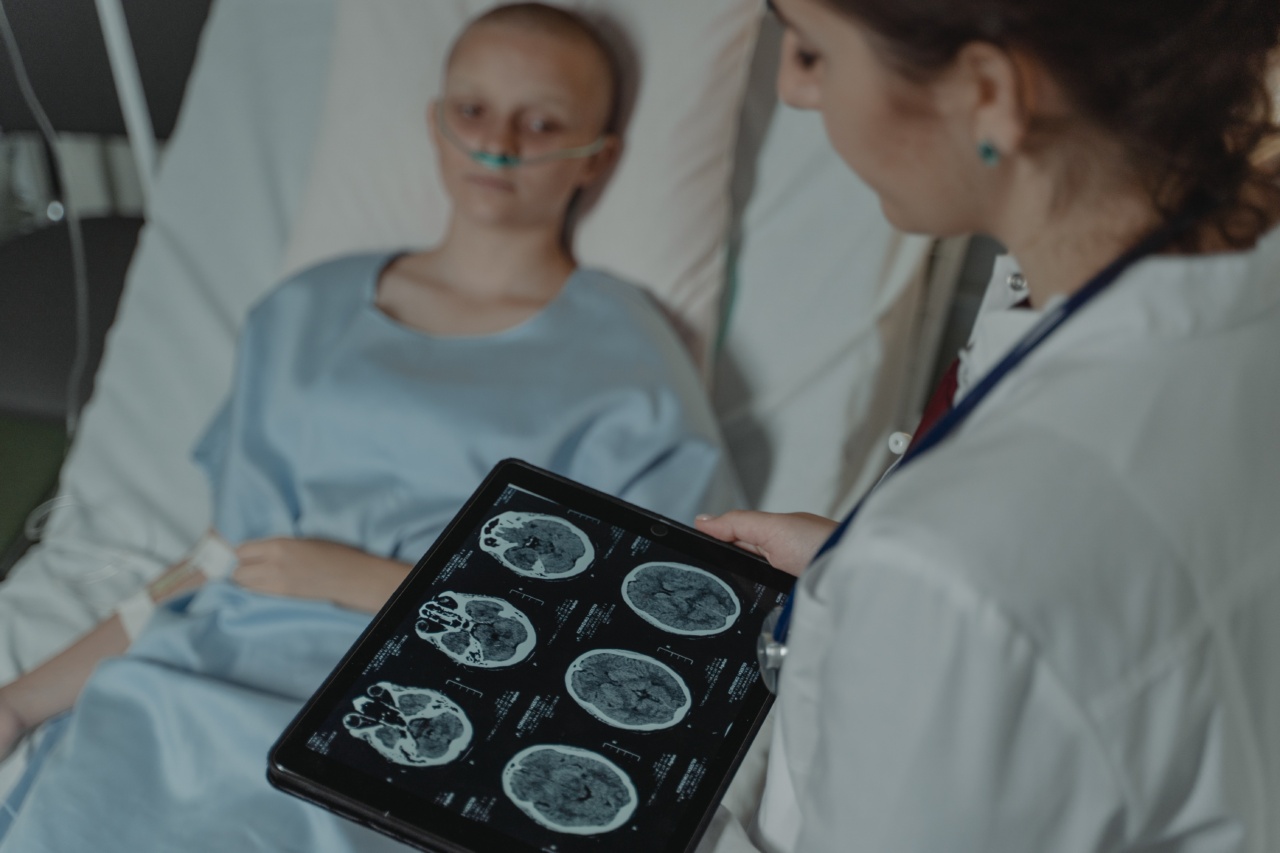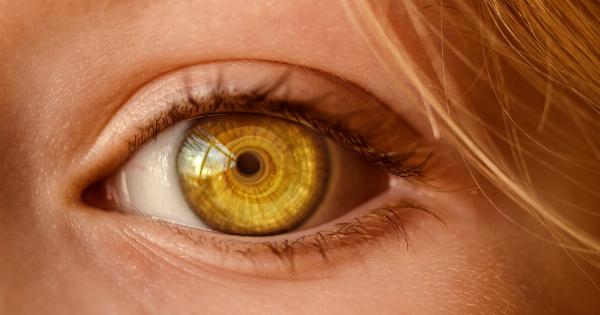Cervical cancer is a common and deadly disease affecting women worldwide. According to the World Health Organization (WHO), over 500,000 cases of cervical cancer are diagnosed each year, with approximately 250,000 deaths annually.
Early detection is crucial for successful treatment and improved survival rates. While traditional screening methods like Pap smear and HPV testing have been effective, researchers are constantly exploring new and advanced technologies to enhance early detection and improve overall outcomes.
What is Thermographic Imaging?
Thermographic imaging, also known as thermography, is an innovative non-invasive imaging technology that detects and visualizes thermal patterns and temperature variations in the body.
It involves the use of infrared cameras to capture precise heat patterns emitted by the body, which can then be analyzed for abnormalities or potential signs of disease.
How Does Thermography Work?
Thermography works on the principle that abnormal tissues, such as cancerous cells, often exhibit increased blood vessel formation and metabolic activity, resulting in higher temperatures compared to surrounding healthy tissues.
These temperature variations can be detected and mapped using thermographic imaging.
During a thermographic screening for cervical cancer, the patient’s body, particularly the pelvic region, is thermally imaged.
Special attention is given to the cervix area, where any temperature irregularities or suspicious patterns may indicate the presence of cancerous cells.
Accuracy of Thermographic Imaging vs. Traditional Screening Methods
Studies have shown mixed results regarding the accuracy of thermographic imaging in detecting cervical cancer compared to traditional screening methods.
While some research suggests that thermography may have the potential to be a valuable adjunctive tool, others have reported limitations and challenges in its application.
One study published in the International Journal of Gynecological Cancer found that thermographic imaging had a sensitivity of 87.8% and a specificity of 81.3% in detecting cervical cancer.
These results indicate that thermography has the potential to be a promising screening tool, particularly in combination with other methods like Pap smear and HPV testing.
However, other studies have reported lower sensitivity and specificity rates, highlighting the need for further research and validation.
It is important to note that thermography should not replace traditional screening methods but could potentially complement them to improve overall detection rates.
Potential Benefits of Thermographic Imaging for Cervical Cancer Screening
Despite the need for further research, thermographic imaging offers several potential benefits for cervical cancer screening:.
- Non-invasiveness: Thermography is a non-invasive procedure that does not require physical contact or the use of radiation.
- Early detection: The ability of thermography to detect subtle temperature variations in the cervix may enable early detection of abnormalities, potentially leading to earlier interventions and improved outcomes.
- No discomfort: Unlike Pap smears or cervical biopsies, thermographic imaging is painless and does not cause any discomfort for the patient.
- Repeatable imaging: Thermographic imaging can be repeated at regular intervals, allowing for continuous monitoring and follow-up.
- Lower cost: Compared to other imaging modalities like MRI or CT scans, thermography is generally more cost-effective, making it a viable option in resource-limited settings.
Limitations and Challenges of Thermographic Imaging
While the potential benefits of thermographic imaging are promising, there are several limitations and challenges that need to be addressed:.
- Lack of standardization: There is currently no standardized protocol for thermographic imaging in cervical cancer screening. This lack of uniformity may affect the accuracy and reliability of results.
- Interpretation challenges: Analyzing thermographic images requires expertise in thermal pattern interpretation. The quality of interpretation may vary among professionals, leading to discrepancies in diagnosis and decision-making.
- False positives and false negatives: Thermographic imaging may produce false-positive or false-negative results, which can lead to unnecessary anxiety or delayed diagnosis and treatment.
- Technical limitations: Factors such as ambient temperature, patient movement, and equipment calibration can influence the accuracy and reproducibility of thermographic results.
- Limited evidence: Despite some promising findings, the evidence supporting the routine use of thermographic imaging in cervical cancer screening is still limited. More large-scale studies and clinical trials are needed to establish its efficacy.
The Future of Thermographic Imaging in Cervical Cancer Detection
Despite the current limitations and challenges, thermographic imaging holds promise as an adjunctive tool for cervical cancer screening.
Ongoing research and technological advancements may help overcome current barriers and improve the accuracy and reliability of thermography.
In the future, combining thermographic imaging with other imaging modalities, such as ultrasound or magnetic resonance imaging (MRI), may provide a more comprehensive assessment of cervical abnormalities, enhancing early detection and treatment planning.
Additionally, advancements in artificial intelligence (AI) and machine learning algorithms may enable automated analysis and interpretation of thermographic images, reducing subjectivity and improving overall diagnostic accuracy.
Conclusion
Thermographic imaging shows promise as a non-invasive and potentially valuable tool for cervical cancer screening.
While more research is needed to establish its efficacy and overcome current limitations, thermography has the potential to enhance early detection, improve survival rates, and provide a cost-effective screening option, particularly in resource-limited settings. Close collaboration between researchers, healthcare professionals, and imaging experts is crucial in further exploring and harnessing the potential of thermographic imaging in the fight against cervical cancer.





























